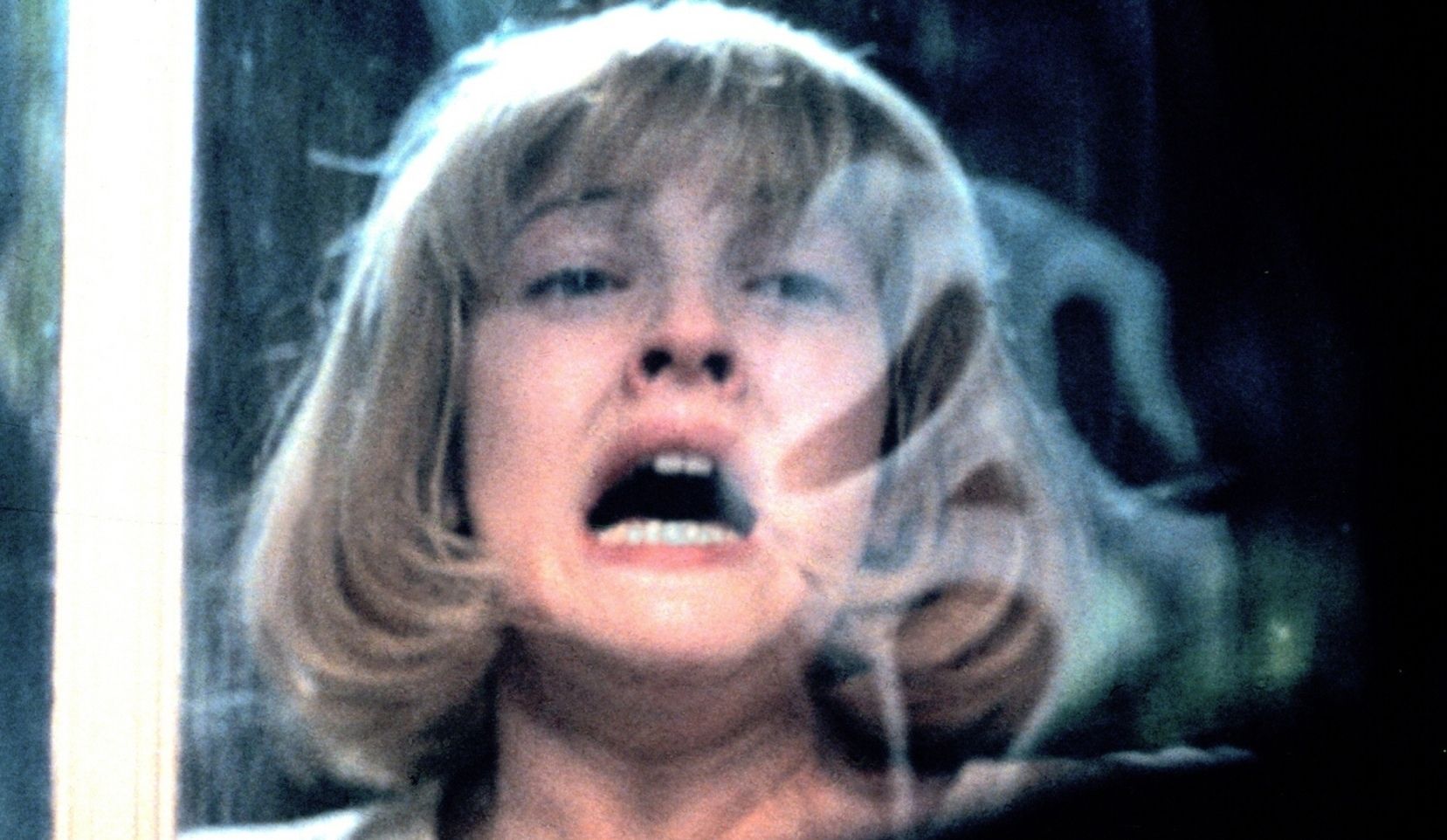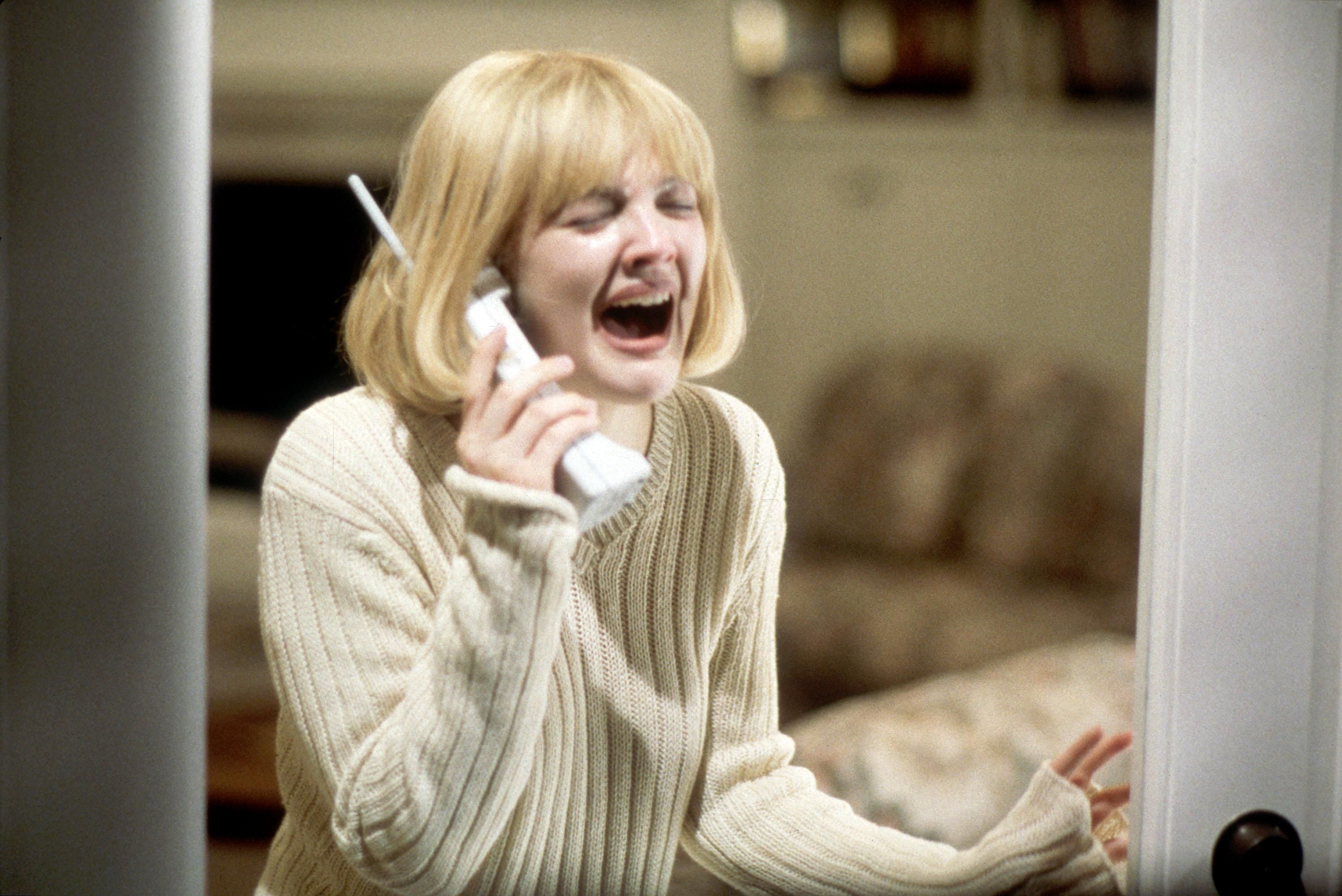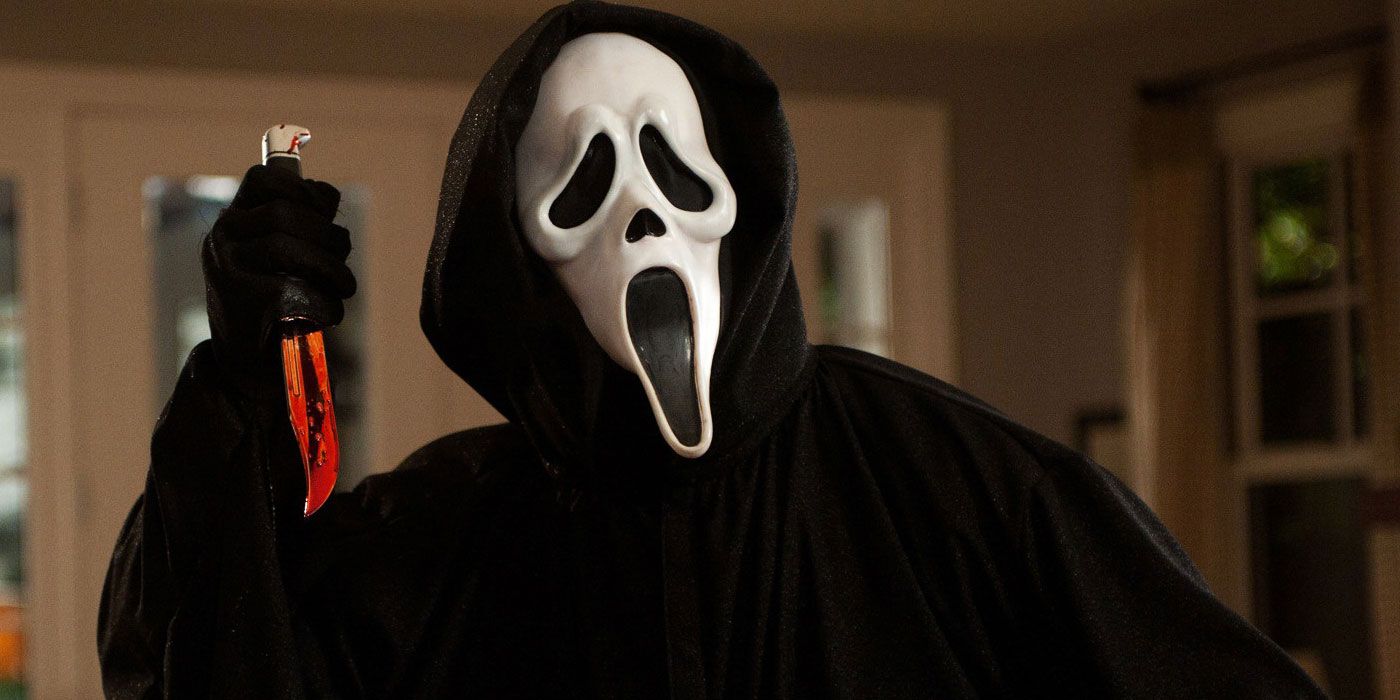Collider recently got the opportunity to participate in a virtual set visit for the new Scream movie and, as one might expect, during the roundtable conversation with the filmmaking team, the focus eventually shifted to the movie’s kill sequences.
The Scream franchise has some of the best of the best including that iconic opening from the 1996 original, the garage door scene and even Park Posey’s two-way mirror kill in Scream 3. How exactly is the fifth Scream movie going to match the creativity of the first four films in this respect? Directors Matt Bettinelli-Olpin and Tyler Gillett addressed just that during the conversation alongside executive producer Chad Villella and producer William Sherak. Here’s what Gillett said about meeting the expectations the previous films set:
“That’s one of the things we've really forced ourselves to dig in on every day. From page to even the moment you're on set and you're crafting that specific beat, we've been really hard on ourselves with designing things that feel fresh and original and in some ways maybe pay homage. But it's a challenge because there are so many iconic and amazing kills in this franchise. I think for us, ultimately, what matters the most is that you love those characters and that you feel for those characters. So, whatever form or fashion that peril takes, it feels like it really matters because it's hard to watch. It's hard to watch people you love go through some traumatic experience.”
That connection to the characters really is at the core of most of the most memorable Scream kills. Even when you’re talking about Drew Barrymore’s appearance as Casey Becker in the 1996 film, her time on screen is brief, but the movie does manage to spark a meaningful connection during those phone calls. Bettinelli-Olpin went on to pinpoint another quality present in the franchise’s best kills:
“We also talk a lot about how, when you think back at all of the great ones from the first four movies, the ones that you remember having very specific identity to them, like the garage door, you know what I mean? Oh, they're in the sound booth. There's the very clean, clear, simple identities to them. And so we made sure that all of the kills in this movie were like, how would we define them in a way that you go, ‘Oh, that's what that one is and here's why it works,’ on top of all the character stuff Tyler was mentioning.”
While the Scream movies are known for their sky high entertainment value, Bettinelli-Olpin also took a moment to highlight the difference between fun big screen kills and ones with a scare factor rooted in a movie feeling like it’s about real people:
“And one of the things we got from watching a million Wes Craven interviews is how he was always so clear about, you can't have fun with watching someone die. It has to always be, that's a human being going through something horrible. And if it's anything other than that, it becomes farcical and it becomes funny. And that's great in some other franchises, Final D comes to mind where it's like, that's what that is. Scream is not that. Scream has to still be about real people. And I think that's one of the lessons we got from Wes Craven that has just guided us every step of the way through this.”
As someone with a deep love of the Final Destination franchise, I don’t think that descriptor applies to all of the franchise’s kills, but there’s no denying that part of the thrill of that series comes from watching Death’s outrageous step-by-step kill sequences whereas Scream’s kills are often driven by personal rage and trauma.
If you’d like to hear more from Bettinelli-Olpin, Gillett, Villella and Sherak from the set of Scream, click here for the full interview.



